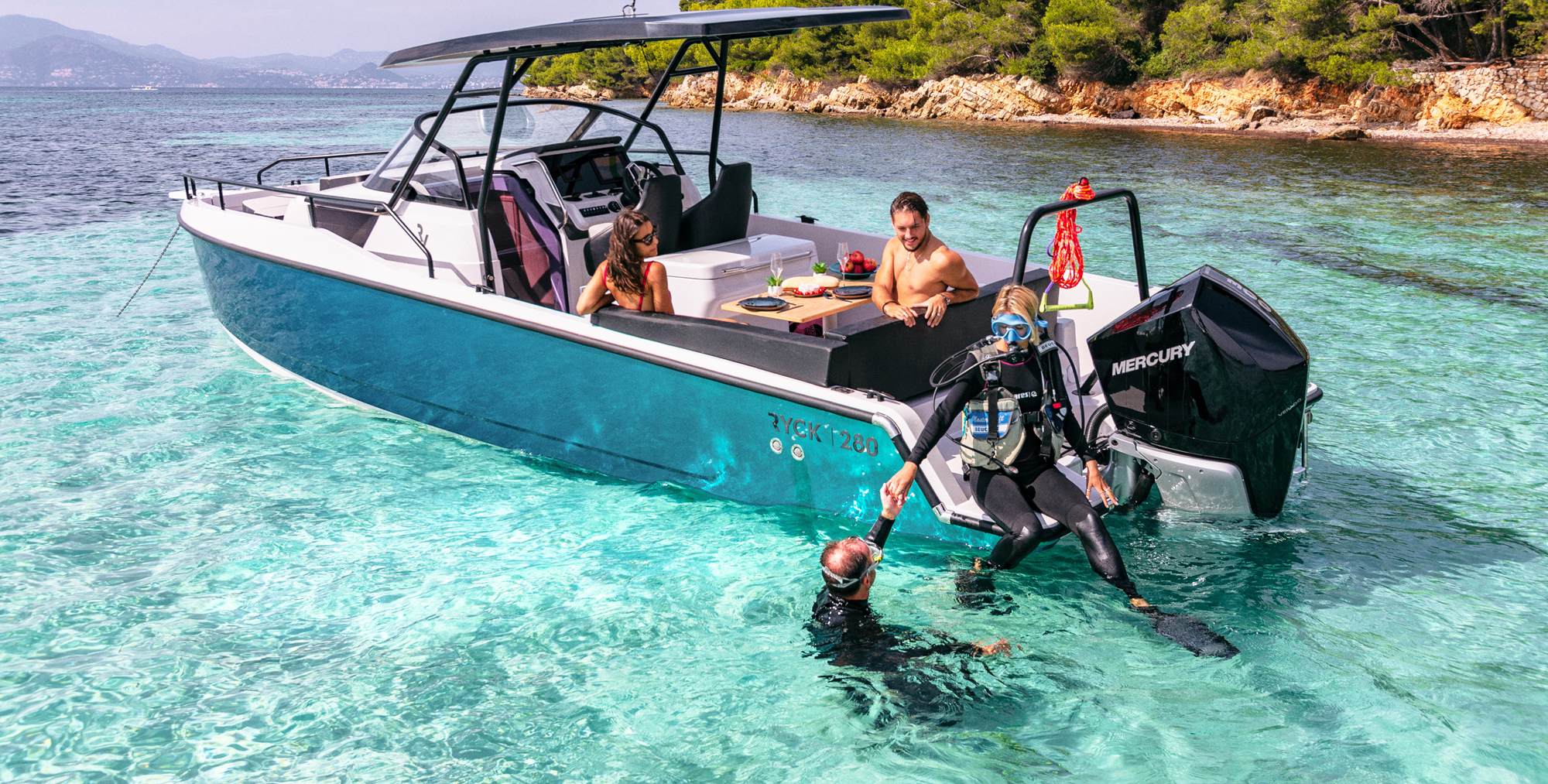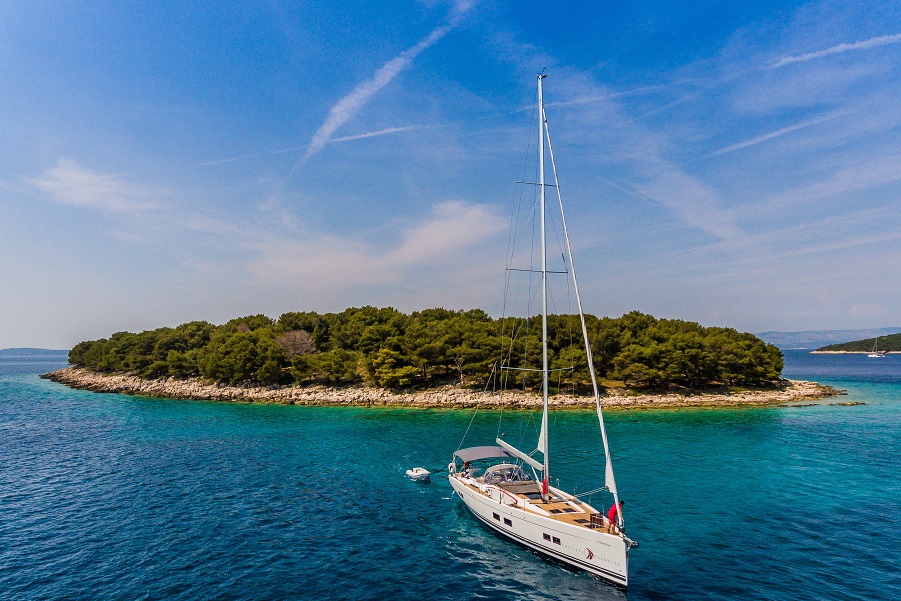Seasickness: Prevention Tips and What to Do If You Feel Sick

Seasickness, that persistent challenge for sailors, seafarers, and all sea lovers, deserves more than just a passing mention in sailing manuals. While many see it as an unpleasant but short-lived nuisance, it can seriously disrupt your sailing experience and even compromise the safety of the crew. In this article, we cover everything you need to know about seasickness—from its causes and symptoms, to effective prevention tips and clear advice on what to do if seasickness strikes at sea.

What Exactly Is Seasickness?
Seasickness, also known as motion sickness, is a type of movement disorder caused by a mismatch between signals the brain receives from the eyes, inner ear, and muscles. While the boat rocks on the waves, the inner ear senses motion, but your eyes—especially if you’re in a cabin or reading—signal that you are still. This sensory conflict confuses the brain, triggering reactions that lead to the typical symptoms of seasickness.
It’s not the sea’s fault, as the saying goes, but rather the brain’s difficulty in adapting. Interestingly, some people are completely immune to seasickness, while others feel nauseous even with minimal boat movement.
How to Recognize Seasickness
Symptoms of seasickness can appear within minutes of setting sail. The most common include:
- Nausea and vomiting
- Headache and dizziness
- Cold sweat and paleness
- Excessive salivation and rapid breathing
- Weakness, sleepiness, and loss of concentration
- Reduced desire for any activity
In severe cases, a person may become listless, dehydrated, and indifferent to their surroundings, which can be dangerous, especially during critical situations at sea.

Who Is Most Susceptible to Seasickness?
It is estimated that about 20% of the population suffers from motion sickness, with women being slightly more affected than men. The frequency of seasickness increases with the duration of the journey and is most pronounced on a boat. The tolerance threshold varies individually: some people feel sick even in mild waves, while others can endure the fiercest storms without issues.
How to Prevent Seasickness
Preventing seasickness is often easier than treating it once symptoms appear. Proper preparation is key; here are the essential tips:
1. Preparation Before Sailing
- Avoid heavy and fatty meals before departure.
- Do not consume alcohol or cigarettes, as they worsen nausea.
- Get enough rest and sleep—fatigue increases sensitivity to motion sickness.
2. Choose the Right Spot on the Boat
- The middle of the boat, closer to the waterline, is the most stable place.
- Stay on deck and look at the horizon to help the brain synchronize visual and vestibular signals.
3. Avoid Triggers
- Avoid strong perfumes and strong smells.
- Avoid reading, working on a computer, or looking at your phone—these worsen the condition.
4. Stay Hydrated
- Drink plenty of water, especially if you experience vomiting.
- Avoid caffeinated drinks and citrus, which can irritate the stomach.
5. Choose the Right Route and Time for Sailing
- Opt for sheltered routes and calmer seas, especially if prone to seasickness.
- The sea is generally calmer in summer than in winter, and the Adriatic Sea is more favorable than the open ocean.
6. Natural and Alternative Approaches
- Ginger (in the form of tea, capsules, or candies) is traditionally used to relieve nausea, although scientific evidence varies.
- Acupressure wristbands pressing on the P6 point on the wrist may help some people.
7. Over-the-Counter Medications
- Antihistamines like dimenhydrinate (Dramamine) or meclizine (Bonine) are effective if taken before symptoms start but may cause drowsiness.
- Scopolamine patches, applied behind the ear at least eight hours before sailing, release medication during the journey.
- Always consult a doctor before taking any medication, especially if you have chronic illnesses or take other medications.

What to Do If Seasickness Strikes
Despite all prevention measures, sometimes seasickness surprises even the most experienced sailors. Here’s what you can do to relieve symptoms and stay safe:
- Go out on deck and look at the horizon.
- Fresh air and focusing on a stable point help the brain synchronize sensory input.
- Stay in the middle of the boat.
- The middle of the boat experiences the least rocking, which can ease seasickness symptoms.
- Keep yourself occupied
- Light physical activity or steering the boat can distract from symptoms and reduce sensory conflict.
- Avoid enclosed spaces
- Avoid retreating to the cabin or below deck—rocking is more intense there, and lack of fresh air worsens the condition.
- Stay hydrated
- Vomiting leads to dehydration, so sip small amounts of water regularly.
- Try unconventional methods
- Some sailors use hammocks set fore-and-aft to reduce the sensation of rocking. Aromatherapy or natural juices may help, though effectiveness varies.
- Use medication and seek medical help if needed.
- Take anti-nausea medication as advised by a doctor if symptoms persist. In severe cases, medical intervention such as IV fluids or oxygen therapy may be necessary.

How Long Does Seasickness Last?
For most people, seasickness symptoms disappear as soon as the boat stops moving, typically when you disembark. However, for some individuals, discomfort may persist for several days after the journey, depending on their resilience and the duration of motion exposure.
The Psychological Aspect
Interestingly, the psychological factor plays a significant role in seasickness. If you are convinced you will get sick as soon as you step on the boat, the chances are high that you will. A positive attitude, relaxation, and experience can significantly reduce the risk of seasickness. Even experienced sailors sometimes succumb to the waves, but over time, most people adapt and become true “sea wolves.”
Can Seasickness Be Completely Avoided?
Seasickness is not a sign of weakness, nor a reason to give up the joys of the sea. With proper preparation, choosing the right spot on the boat, maintaining healthy habits, and—if necessary—using medication, most sailors can avoid or at least alleviate symptoms. If it does strike, don’t panic: get some fresh air, look at the horizon, keep yourself occupied, and drink water regularly. In the most severe cases, seek medical help.
Sailing is always an adventure—and seasickness is just one of the challenges that can turn you into a true mariner. Remember, even the greatest captains were once “greenhorns”—and they all survived their first storm.
Fair winds and a steady stomach!
















